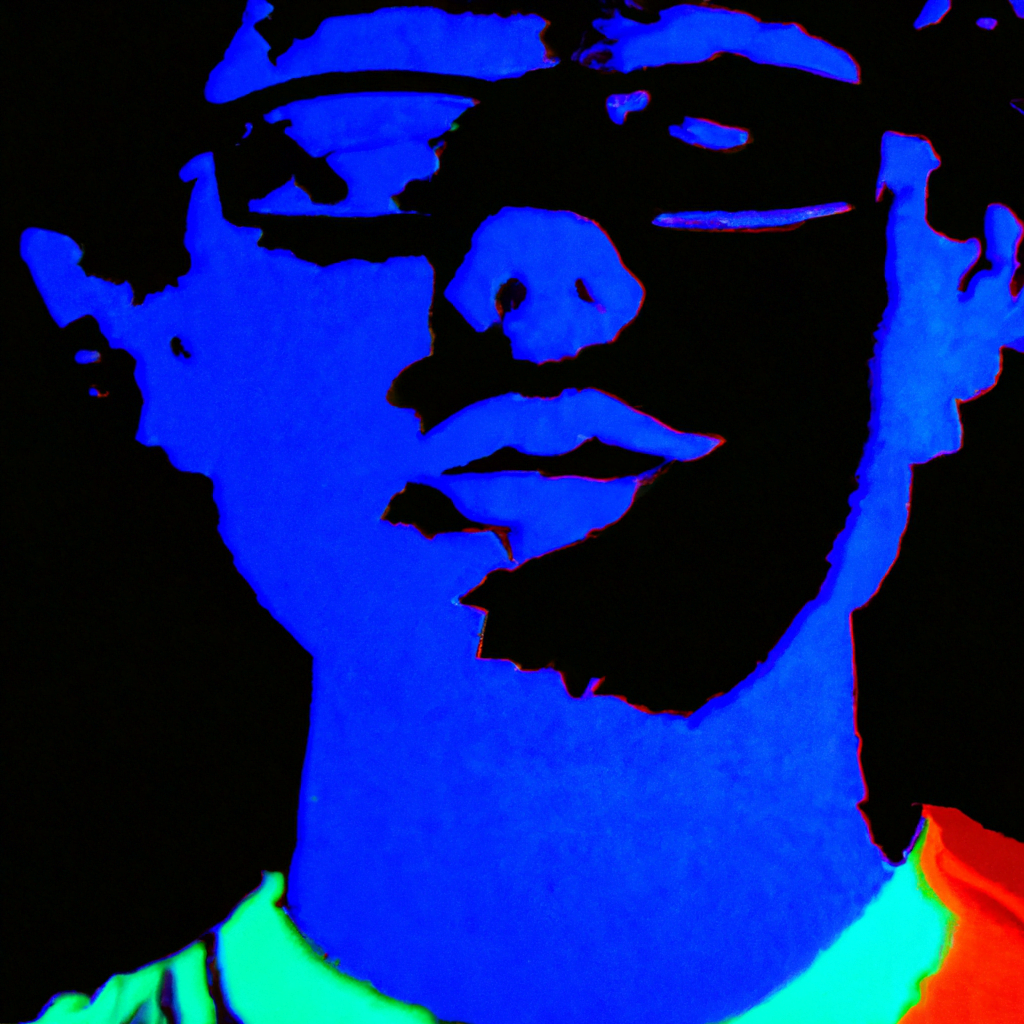
Illustrating for Music: Album Covers and Concert Posters

Music and visual art have always had a strong connection. From album covers to concert posters, illustrations play a crucial role in capturing the essence of a musician or band’s music and creating a visual identity that resonates with their audience. In this article, we will explore the importance of illustrating for music, the impact it has on the music industry, and the creative process behind designing album covers and concert posters.
The Power of Visuals in Music
Visuals have the ability to evoke emotions, tell stories, and create a lasting impression. When it comes to music, album covers and concert posters serve as the visual representation of the artist’s work. They are the first point of contact for potential listeners and can significantly influence their decision to explore the music further.
Album covers, in particular, have become iconic symbols of music history. Think of The Beatles’ “Abbey Road” cover or Pink Floyd’s “The Dark Side of the Moon.” These images have become synonymous with the albums themselves and have helped shape the overall experience of listening to the music.
Concert posters, on the other hand, serve as a promotional tool for live performances. They not only inform the audience about upcoming shows but also create anticipation and excitement. A well-designed concert poster can capture the essence of the artist’s music and attract a diverse range of fans.
The Role of Illustrators in the Music Industry
Illustrators play a crucial role in the music industry by translating the music into visual form. They work closely with musicians, bands, and record labels to create artwork that aligns with the artist’s vision and resonates with their target audience.
One example of a successful collaboration between an illustrator and a musician is the partnership between Storm Thorgerson and Pink Floyd. Thorgerson’s surreal and thought-provoking album covers, such as “The Dark Side of the Moon” and “Wish You Were Here,” perfectly complemented Pink Floyd’s music and became an integral part of their brand identity.
Another notable example is the collaboration between Shepard Fairey and the band The Black Keys. Fairey’s bold and graphic style translated the raw energy of the band’s music into visually striking concert posters, creating a strong visual presence for their live performances.
The Creative Process Behind Album Covers
Designing an album cover is a collaborative process that involves the artist, the illustrator, and the record label. It starts with understanding the artist’s music, their vision, and the emotions they want to convey through the artwork.
Once the initial concept is established, the illustrator begins sketching ideas and experimenting with different visual elements. They consider the album’s theme, the target audience, and the artist’s brand identity to create a design that captures the essence of the music.
Typography also plays a crucial role in album cover design. The choice of fonts, colors, and layout can enhance the overall visual impact and create a cohesive look that complements the artwork.
After the sketches are finalized, the illustrator moves on to the digital stage, where they bring the design to life using software like Adobe Photoshop or Illustrator. They refine the details, add textures, and make sure the artwork is ready for print.
The Art of Concert Posters
Concert posters are a unique form of illustration that combines art and advertising. They need to capture the attention of passersby, convey essential information about the event, and reflect the artist’s music and style.
When designing a concert poster, illustrators often draw inspiration from the artist’s music, lyrics, or album artwork. They aim to create a visual representation of the live experience and generate excitement among potential concert-goers.
Color choice is crucial in concert poster design. Bright and bold colors can grab attention and create a sense of energy, while more subdued tones can evoke a specific mood or atmosphere.
Illustrators also need to consider the practical aspects of concert posters, such as legibility and scalability. The design should be easily readable from a distance and adaptable to different sizes and formats.
The Impact of Illustrations on Music Sales and Fan Engagement
Album covers and concert posters not only serve as visual representations of music but also have a significant impact on sales and fan engagement.
Studies have shown that album covers can influence consumers’ perception of the music and their likelihood of purchasing the album. A visually appealing and well-designed cover can attract attention, create curiosity, and ultimately drive sales.
Concert posters, on the other hand, can generate excitement and anticipation among fans. They serve as collectible items and memorabilia, reminding fans of their favorite shows and creating a sense of belonging to a community.
Moreover, illustrations have become an integral part of music marketing in the digital age. They are shared on social media, featured in online music platforms, and used in promotional materials. Eye-catching visuals can help artists stand out in a crowded digital landscape and attract new listeners.
Conclusion
Illustrating for music, whether through album covers or concert posters, is a powerful way to visually represent the artist’s music and create a lasting impression on the audience. The collaboration between illustrators and musicians allows for the translation of sound into visual form, enhancing the overall music experience.
Album covers and concert posters have become iconic symbols of music history, shaping the way we perceive and remember certain albums and live performances. They not only influence consumer perception and purchasing decisions but also generate excitement and engagement among fans.
As the music industry continues to evolve, the role of illustrations in music will remain essential. The power of visuals in capturing the essence of music and creating a visual identity that resonates with the audience cannot be underestimated.
